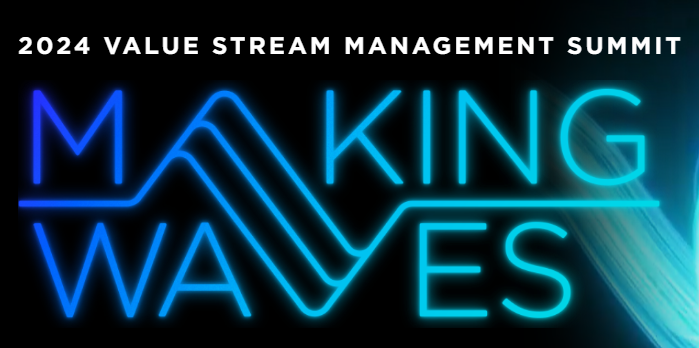The Scaled Agile Framework (SAFe) helps companies organize work, organize teams, determine how to break work up, and understand what is being prioritized in all of this. And the inclusion of flow metrics into SAFe 6 enables those companies to realize those plans.
Flow metrics can enable companies to determine if all of that orchestration is actually running through the process, and if the company is being efficient in its processes. Ultimately, it can help the company determine if it is realizing value and better understand how to get that value into the hands of customers sooner.
“It’s great that we have these ideas, but how do we actually close the loop and take it down to the end,” said Hersh Tapadia, co-founder and CEO at value stream intelligence company Allstacks. The flow metrics, he said, “are closing the loop. It’s realizing the dream, as we might say.”
SAFe’s idea of flow metrics and the value stream management idea of flow have something in common, Tapadia said – they’re still in the treetops. From the high-level view of all the pillars in the organization, it’s difficult to know if the correct information is flowing through those pillars, or if work is flowing through them. It’s difficult to see where the handoffs are, and where things are getting stuck.
Tapadia used the example of the handoff between product teams and engineering teams. “We have some idea, we go to build it,” he said. “And there’s a break there. Our flow efficiency or flow rate isn’t exactly where we want it to be. So maybe we say we need to get better at the product/engineering handoff, or maybe our problem is that we need to be more Agile. So we go through this big Agile transformation. Well, that’s kind of a blunt instrument. That’s not to say it’s not the right, ultimate end game. But if we can leverage these concepts of flow to then apply more incremental changes, that might ultimately end up with us being in the same place.”
According to Tapadia, Allstacks takes the high-level concept of flow and breaks it down into constituent parts. As an example, he said. “We can see, ‘Oh, the reason why this product engineering handoff is getting slowed down is because we see that in the phase when the requirements are getting accepted by engineering that they’re broken down into tickets to be worked on in sprints.’ There’s this back and forth churn, and in that moment, are we asking, ‘Do we really understand the intent of this ticket? What are the acceptance criteria? Is this the smallest slice we could take?'” Flow metrics present data in a way that enables engineering leaders and their teams to ask the right questions with the end goal of understanding “how do we actually improve?”
He went on to say that the viewpoint of Allstacks is the fact that SAFe has introduced flow into its framework is important to contextualize why we’re trying to make these incremental efficiency gains. “The important perspective that we have on this is, it’s important to start from the bottom and represent it at the top, not start from the top and then try to fix it going down.”
One area that Tapadia says seems to always have friction around it is code review. Code review is a common “wait state” throughout the development process, where progress halts and a subset of code sits and waits to be reviewed by an engineer’s peers to assure quality or identify bugs. “Developers write code, and it gets stuck in code review and QA. So you say, ‘Oh, do we need more QA people? Do we need to change the process, or add more automated testing?'”
He said it turns out that what’s actually happening on most teams is, on a team of seven, two developers are doing the majority of code review. The other five are doing it as well, but they don’t realize that they’re doing one a week while the other two are doing 10 a week. “Even if that gets evened out, that can double the throughput of a team, just by making that small change.”
Tapadia said what he’s most excited about the addition of flow metrics into SAFe 6 is that those metrics can be contextualized in the business value that they have up top, and “that’s how this loop finally gets closed,” he said. “And that’s how this becomes really salient.”
For more information on flow metrics and how to make the most of them, see the Allstacks guide to understanding flow metrics.








